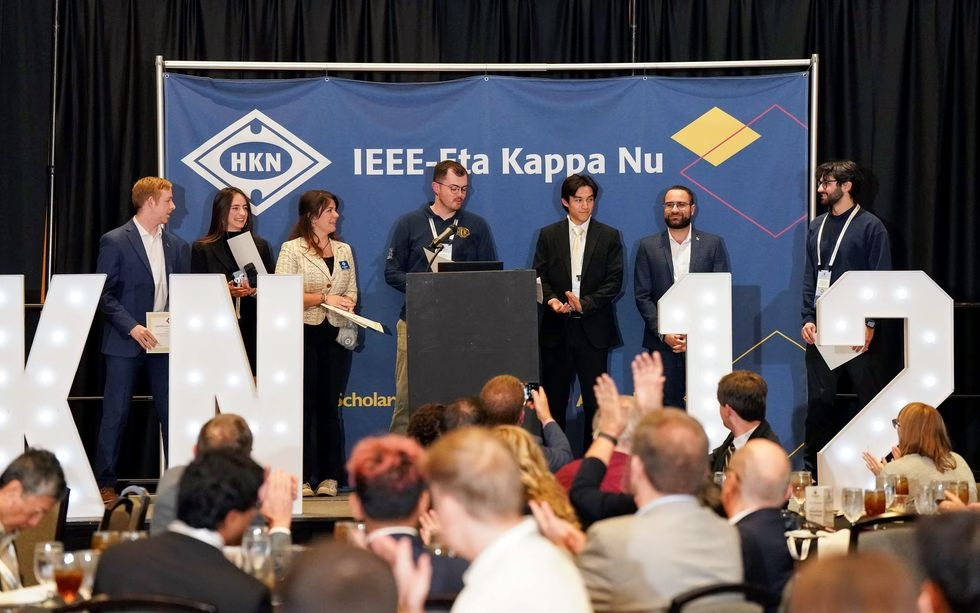NASA’s Roman space telescope gets ready to stare at distant suns to find alien planets
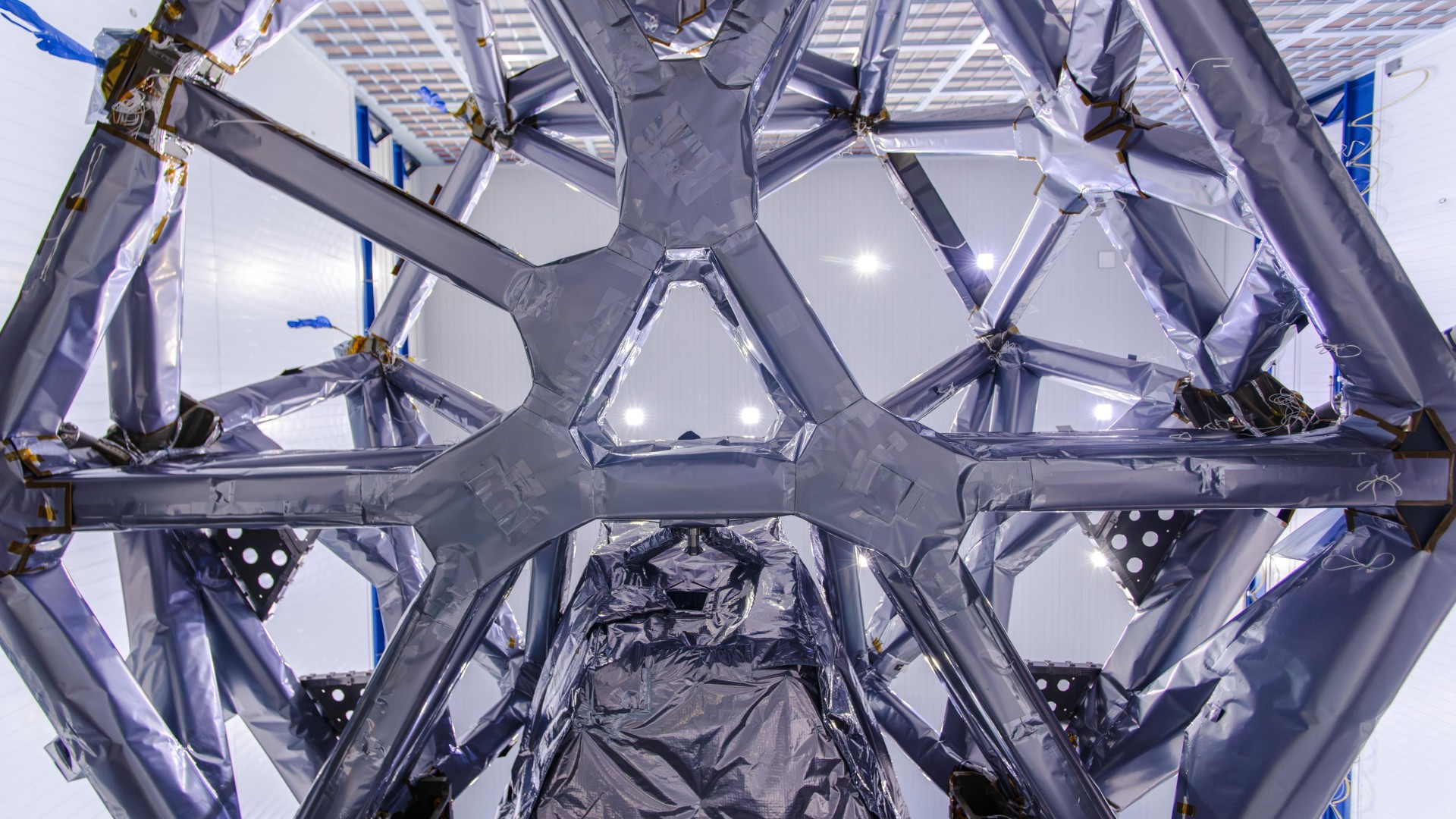
NASA Space Technology
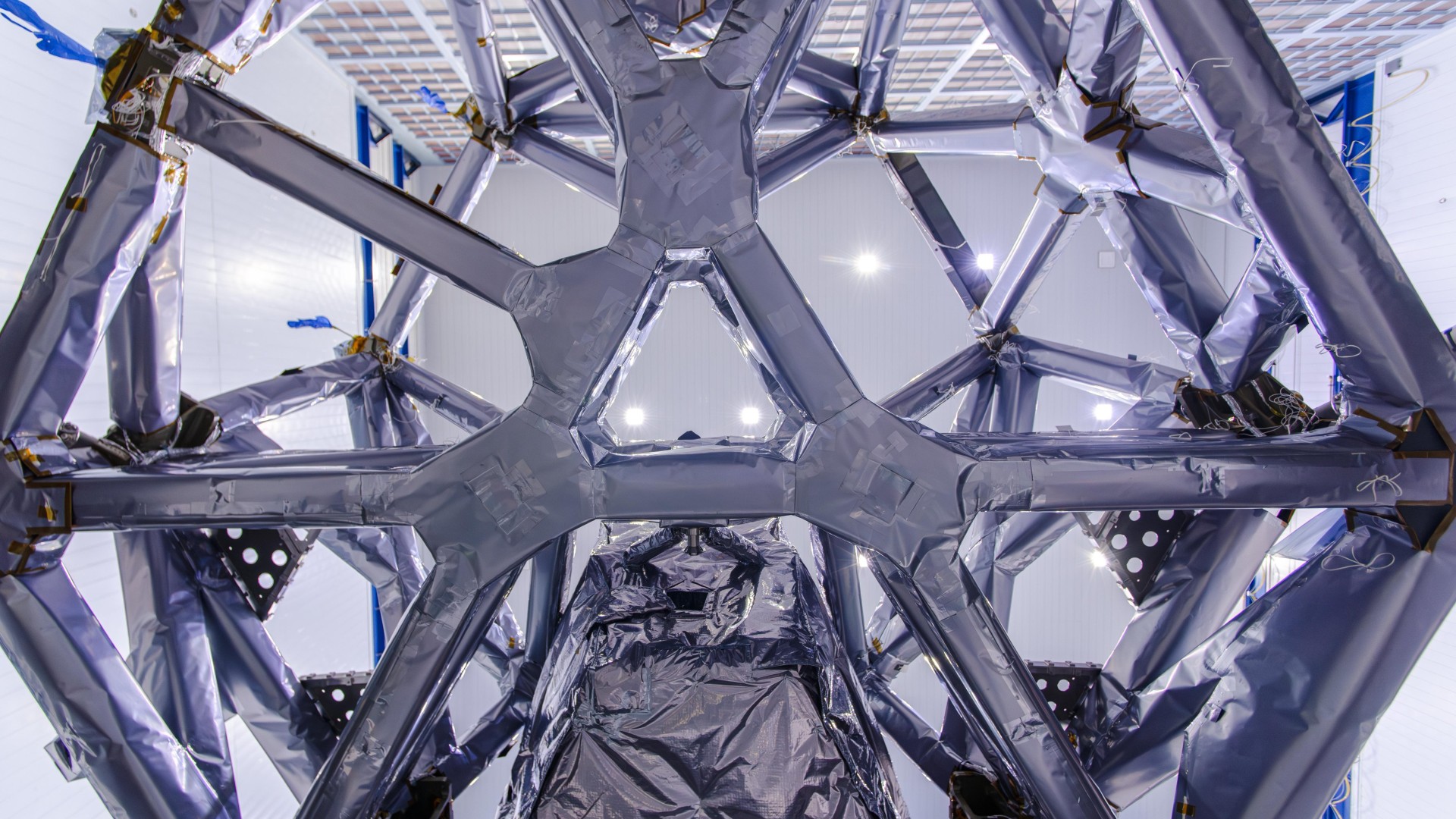
In a clean room at NASA’s Jet Propulsion Laboratory in Southern California, scientists have successfully integrated a crucial component onto the Roman Space Telescope. This device, known as the Roman Coronagraph Instrument, is designed to block starlight, enabling scientists to detect the faint light from planets beyond our solar system.
This achievement marks a significant milestone for NASA’s Nancy Grace Roman Space Telescope, a next-generation space observatory that will launch around May 2027. With a field of view at least 100 times larger than that of the Hubble Space Telescope, Roman will be used to investigate scientific mysteries related to dark energy, exoplanets, and infrared astrophysics.
It will do so using its one science instrument called the Wide Field Instrument, and the Roman Coronagraph Instrument, which is a technology demonstration—a stepping stone for future space missions, like the proposed Habitable Worlds Observatorywhich would be the first telescope designed specifically to search for signs of life on exoplanets.
“In order to get from where we are to where we want to be, we need the Roman Coronagraph to demonstrate this technology,” said Rob Zellem, Roman Space Telescope deputy project scientist for communications at NASA Goddard. “We’ll be applying those lessons learned to the next generation of NASA flagship missions that will be explicitly designed to look for Earth-like planets.”
The coronagraphwhich is roughly the size of a baby grand piano, is a sophisticated system composed of masks, prisms, detectors, and self-flexing mirrors that work together to block the glare from distant stars, allowing scientists to detect the planets orbiting them.
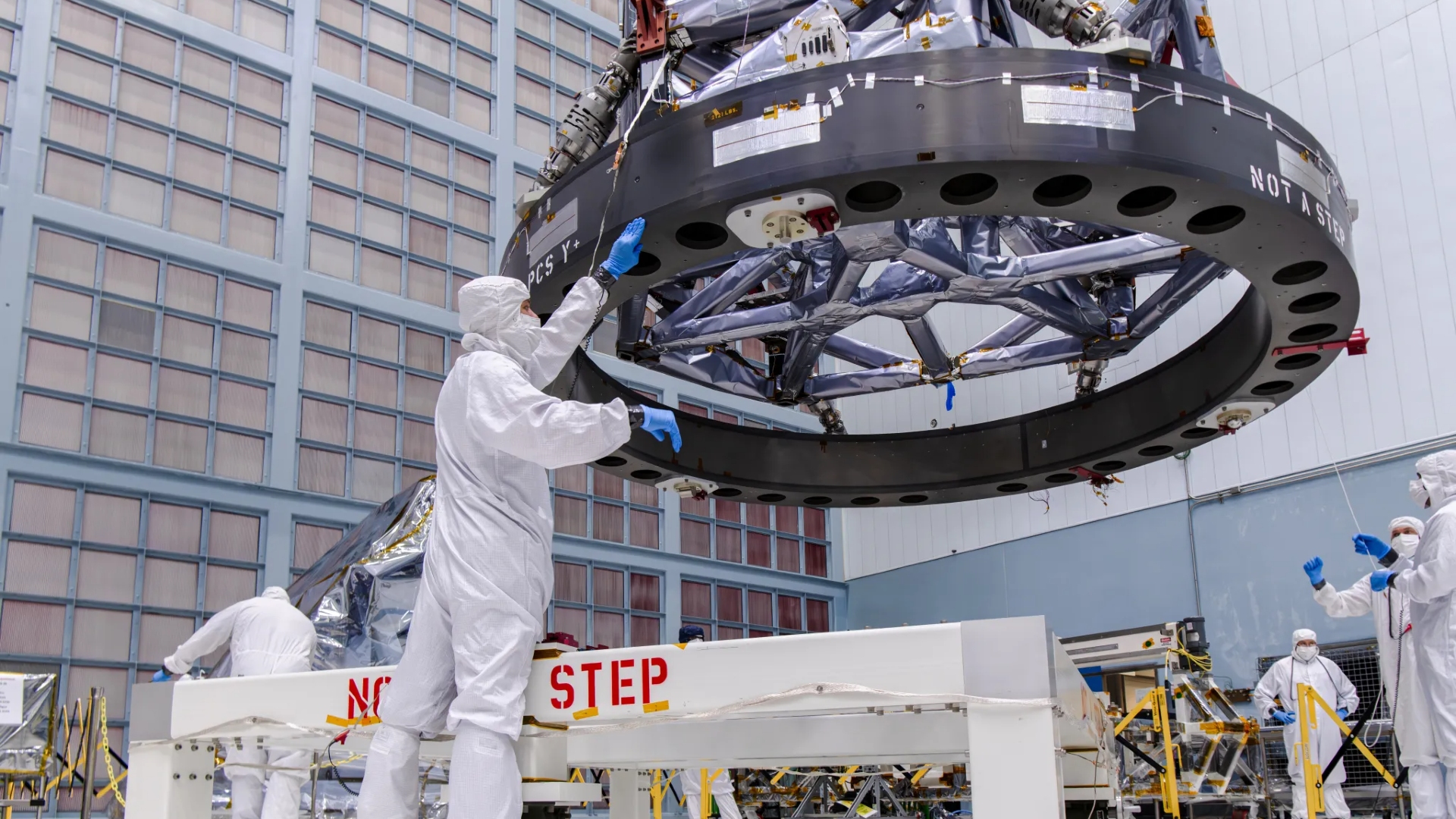
Currently, exoplanets are observed through indirect methods, particularly using a technique called transiting. This method involves measuring dips in the light of a distant star that occur when an exoplanet passes in front of it. These dips provide valuable insights, including information about the planet’s atmospheric composition, which is important in determining habitability. They may even reveal the presence of gases that could indicate the existence of life.
While this method has provided incredibly valuable insights, it also has its limitations. For one, only a small fraction of planets can be observed this way, as transits occur for just a brief period during a planet’s total orbital cycle, restricting the amount of data that can be gathered.
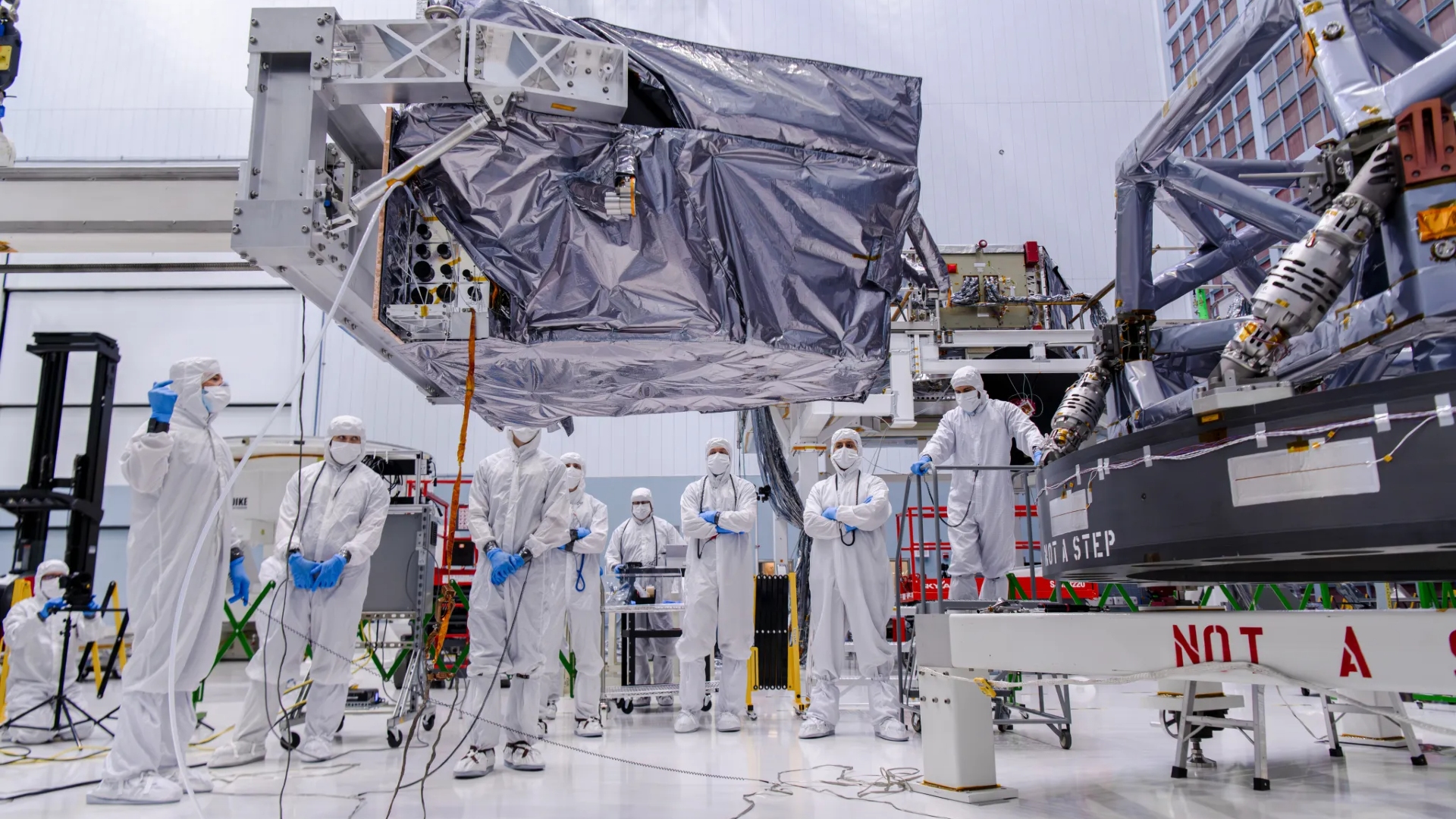
For a transit to be detected, the orbital plane must be nearly edge-on to the observer, a condition that applies to only a small minority of distant planets. Consequently, many planets will remain undetected through photometry. Additionally, the duration of a planet’s transit represents only a tiny fraction of its complete orbital period.
Although technologies for obtaining direct images of exoplanets are advancing, they have mainly focused on giant planets that continue to emit light from their recent formation due to their high temperatures, making them easier for telescopes to identify. One notable example is a sequence of images capturing four exoplanets orbiting the star HR 8799, produced by astronomers using data from Hawaii’s Keck Observatory.
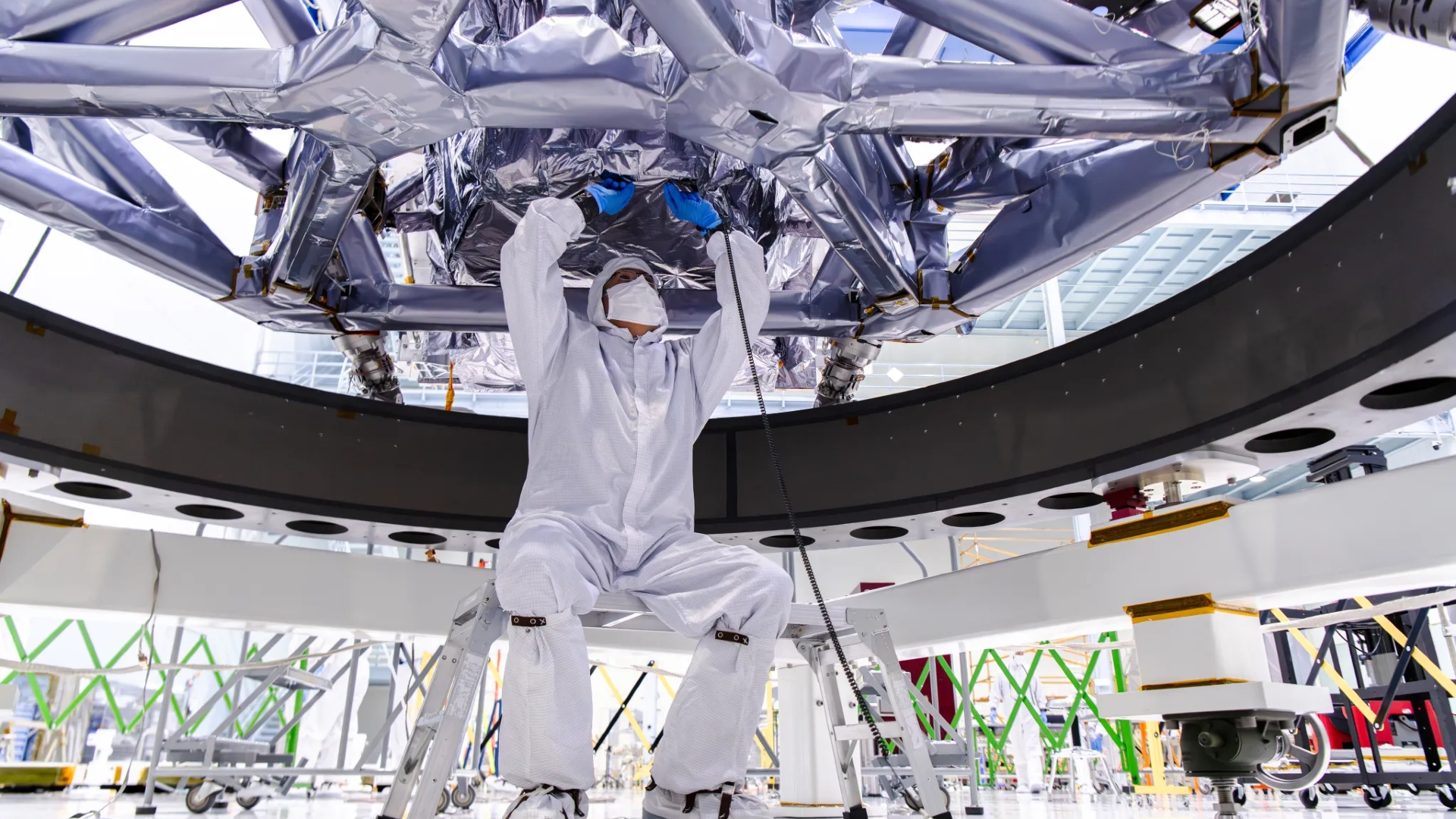
However, scientists are turning to coronagraphs as the next advancement in planet-seeking technology. The Roman Coronagraph Instrument aims to showcase how this direct imaging technology, which has proven effective with ground-based telescopes, can achieve even greater success in space.
“The Roman Coronagraph is designed to detect planets 100 million times fainter than their stars, or 100 to 1,000 times better than existing space-based coronagraphs,” according to NASA’s Jet Propulsion Laboratory.
The coronagraph was successfully attached to the telescope’s Instrument Carrier, a large grid-like structure positioned between the space telescope’s primary mirror and the spacecraft bus, which will transport the telescope into orbit.
“You can think of [the Instrument Carrier] as the skeleton of the observatory, what everything interfaces to,” said Brandon Creager, lead mechanical engineer for the Roman Coronagraph at JPL. The Instrument Carrier will hold both the coronagraph and Roman’s Wide Field Instrument, the mission’s primary science instrument, which is set to be integrated later this year.
Engineers will now perform different checks and tests before moving forward with the integration of the Wide Field Instrument and finally, the telescope itself.
“It’s really rewarding to watch these teams come together and build up the Roman observatory. That’s the result of a lot of teams, long hours, hard work, sweat, and tears,” said Liz Daly, the integrated payload assembly integration and test lead for Roman at Goddard.
Join our Space Forums to keep talking space on the latest missions, night sky and more! And if you have a news tip, correction or comment, let us know at: [email protected].
Discover more from Tamfis Nigeria Lmited
Subscribe to get the latest posts sent to your email.



 Hot Deals
Hot Deals Shopfinish
Shopfinish Shop
Shop Appliances
Appliances Babies & Kids
Babies & Kids Best Selling
Best Selling Books
Books Consumer Electronics
Consumer Electronics Furniture
Furniture Home & Kitchen
Home & Kitchen Jewelry
Jewelry Luxury & Beauty
Luxury & Beauty Shoes
Shoes Training & Certifications
Training & Certifications Wears & Clothings
Wears & Clothings












